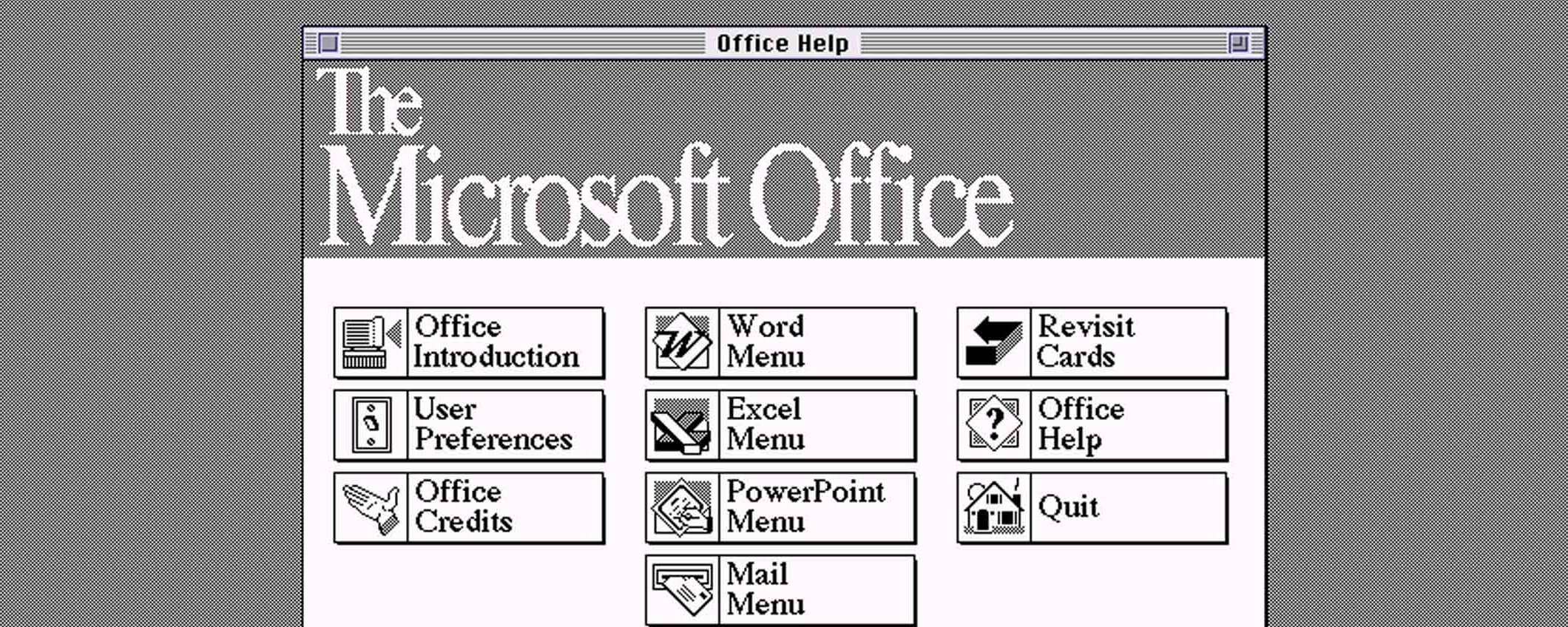Ever wonder how the Windows PC on your desk became an AI-powered Copilot powerhouse? It wasn't an accident. It was a half-century long masterplan.
Microsoft’s history is the definitive blueprint for modern productivity. At Utility Vaults, we break down the 10 most crucial, strategic steps—from the early gambles of Bill Gates to the massive AI bets of Satya Nadella—that laid the irreversible groundwork for today’s computing landscape.
Phase 1: The Foundation of Software Licensing (1975 – 1990)
1. The €50,000 Gamble: The MS-DOS Deal (1980–1981)
The Pivot Point: 1981The Strategy: Microsoft bought a simple OS and licensed it to IBM for their new Personal Computer (PC). Gates insisted on retaining the right to sell the OS to other manufacturers. This created the massive market for **PC Clones**.
Why it Matters for AI Today: This decision ensured Microsoft’s software was on virtually every computer, creating the massive, standardized ecosystem that **Windows** is built on. Without that standardization, integrating Copilot globally would be impossible.
2. Packaging Power: The Launch of Microsoft Office (1989)
The Productivity King is CrownedThe Strategy: Microsoft began selling Word, Excel, and PowerPoint not separately, but as a unified **Office suite**. This innovative bundling locked customers into their ecosystem and drove unprecedented revenue growth.
Why it Matters for AI Today: Office’s deep, interconnected architecture is the **primary battleground for Copilot**. The ability of Copilot to analyze an Excel spreadsheet and summarize it in a Word document relies entirely on this original unified design principle.
Phase 2: Dominance and The Internet Pivot (1990 – 2005)
4. The UI Revolution: Windows 3.1 and the GUI (1992)
From Commands to ClicksThe Strategy: Windows 3.1 successfully moved users from typing complex MS-DOS commands to using the mouse and icons. This established the graphical user interface (GUI) as the standard for business computing.
Why it Matters for AI Today: Every element of modern Windows—from the File Explorer to the desktop—evolved from this version. The UI complexity now managed by **Windows Copilot** stems from this deep graphical foundation.
5. The Icon: Windows 95 and the Start Button (1995)
The Desktop StandardThe Strategy: Windows 95 was a cultural phenomenon. It introduced the **Start Button** and **Taskbar**, and bundled **Internet Explorer**, forcing Microsoft into the Internet age.
Why it Matters for AI Today: The familiar desktop layout ensures that when Copilot appears on the side of your Windows 11 desktop, the user experience feels like a natural extension, not a foreign application.
7. The Cloud Pivot: The Birth of Microsoft Azure (2010)
The Infrastructure BetThe Strategy: Microsoft launched its Cloud Computing platform, **Azure**. This strategic shift was existential, moving the company from selling software boxes to providing massive, scalable internet infrastructure.
Why it Matters for AI Today: **Azure is the engine room of AI**. Without Azure's vast computational power and global data centers, the complex and resource-intensive Large Language Models (LLMs) that power Copilot could not operate effectively for millions of simultaneous users.
Phase 3: The AI Era and OpenAI (2014 – Present)
8. Cultural Change: Satya Nadella Takes Charge (2014)
The Mindset ShiftThe Strategy: Nadella fostered an "embrace and extend" approach, welcoming open-source and collaborating with competitors. He shifted the internal focus to a **"Growth Mindset."**
Why it Matters for AI Today: This cultural shift made the unprecedented partnership with **OpenAI** possible. The new openness allowed Microsoft to work with a start-up and integrate their technology.
9. The Final Piece: The OpenAI Investment (2019-2023)
The Decisive MomentThe Strategy: Microsoft made a monumental multi-billion-dollar investment in OpenAI, gaining exclusive access to their models (like GPT-4). This was the single biggest bet on the future of computing since the MS-DOS deal.
Why it Matters for AI Today: This partnership is the direct, immediate cause of **Microsoft Copilot**. It gave Microsoft a critical head start, allowing them to rapidly deploy market-leading AI before any major competitor.
10. Copilot: AI in Every App (Present)
The Future of ProductivityThe Strategy: By integrating Copilot across **Windows 11** and the entire **Microsoft 365** suite, Microsoft completed its journey. The AI is now accessible through a simple taskbar button or inside Word, Excel, and Teams.
Why it Matters for AI Today: This is the final product of all 50 years of work. Every single milestone, from the first Office suite to the power of Azure, converges to make this unified, intuitive AI assistant a reality.
🚀 Conclusion: This Isn't History—It's the Future’s Blueprint
Microsoft’s journey is a lesson in adaptability. The journey from selling BASIC interpreters to hosting global AI models on Azure proves their mastery of the pivot. Every time you use Copilot to draft an email or analyze data, remember—you are standing on the shoulders of these ten giants.
**Need the tools to run these new AI programs? Visit our main page to download the Utility Toolkit!** Utility Vaults









0 Comments